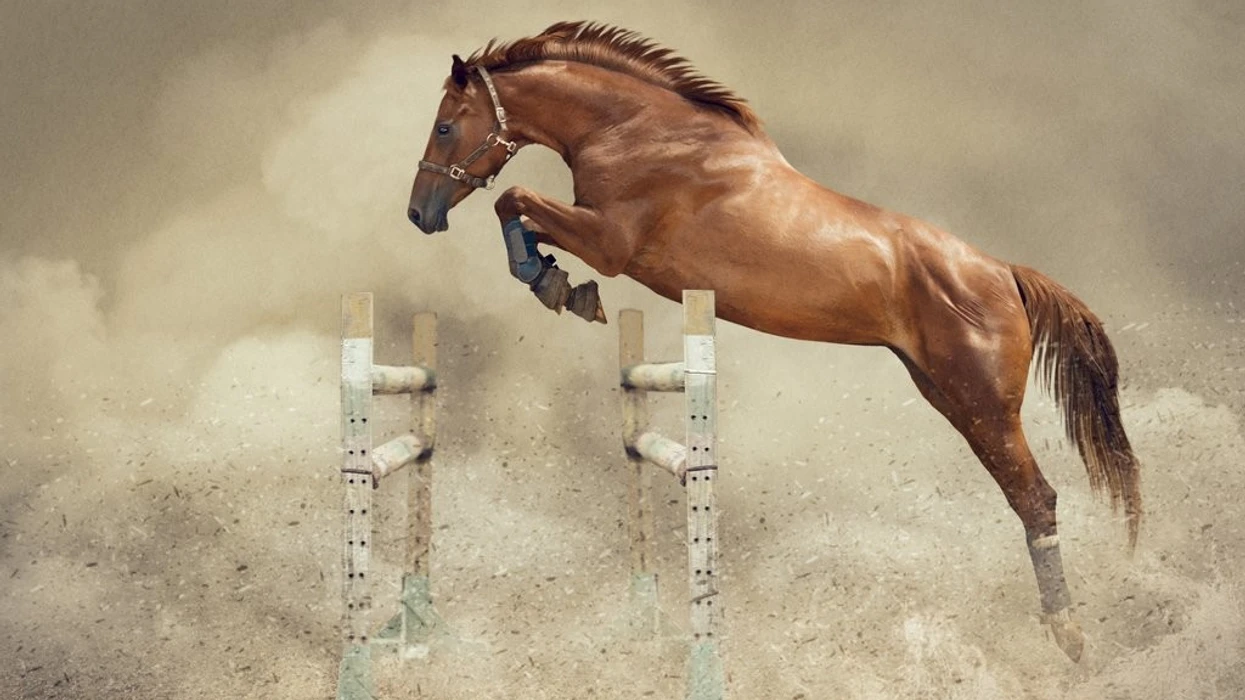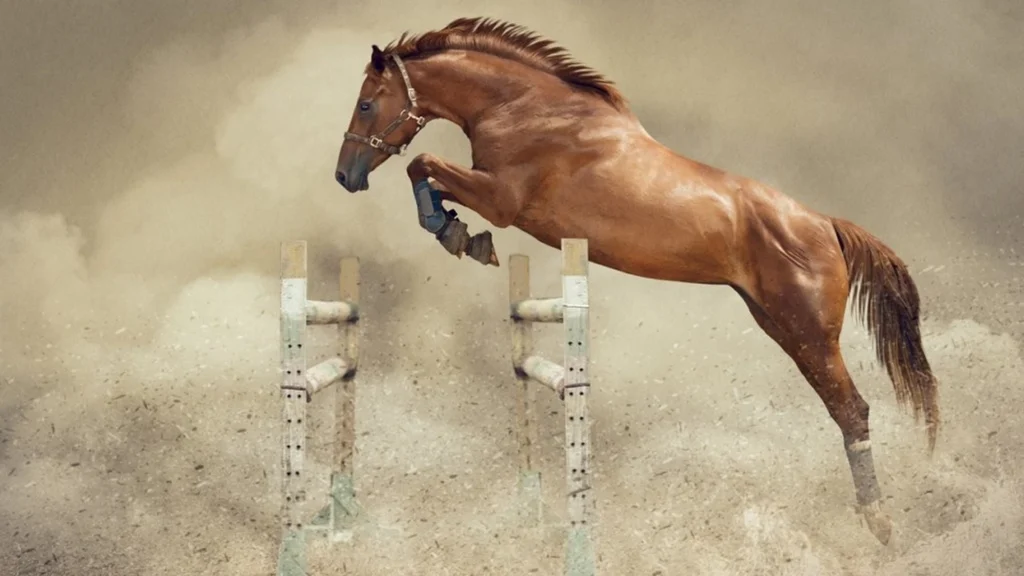You’ve come across the ideal slow-motion stock footage to enhance your edit. However, what is the correct way to incorporate it into your timeline?

How To Properly Use High Frame Rate Stock Footage
free ae templates free share ae downlaod free envato market free videohive free stock video free after effects templates
You’ve come across the ideal slow-motion stock footage to enhance your edit. However, what is the correct way to incorporate it into your timeline?

The quality of stock footage has advanced to the point where you can potentially create an entire film using material sourced from Shutterstock. Such capabilities can transform a low-budget film into a production that appears incredibly high-end.
However, modern cameras offer expanded features, notably the capacity to capture high-frame-rate content in high resolutions, and you can readily find such content on Shutterstock. The question now is, how do you integrate this footage into your project timeline? What workflow considerations should you keep in mind?
First, let’s explore the impact of high-frame rates on your content and what they can bring to the table.
High-Frame Rate, Slow-Motion Footage
For those who aren’t acquainted with high-frame-rate (HFR) footage, it might initially seem like it speeds up motion. However, the opposite is true. When HFR video is played back at the standard 24fps, it transforms into slow motion. This effect imparts a dreamy quality to your footage, facilitates the capture of fast-paced action, and diminishes camera shake when shooting handheld.
Yet, it’s important to note that not all frame rates are equal. To gain a better understanding of the distinctions, here’s a helpful starting point:
Slow Motion Stock Footage | Shutterstock
In the video above, Lewis discusses frame rates of 48, 60, 120, and 180fps. While not all cameras may support these specific frame rates, most possess the capability to varying degrees, and high-end cameras may even permit fine-tuning of the frame rate to precise values.
Before delving into these frame rate numbers, it’s crucial to consider your geographical location. In the United States, the standard playback frame rate is 24fps (or 23.976fps for broadcast), whereas in other regions like the UK, it’s set at 25fps. You can refer to a resource for a concise explanation of why these differences exist.
Now, when we examine 48fps (or 50fps for those in regions adhering to the 25fps standard), we can gain insight into how our footage will appear when played back at 24fps (or 25fps). Essentially, this means doubling the duration of the footage and decelerating any motion within it.
For some creative professionals, the option of a specific frame rate might not be available. In such cases, you might come across 60fps, which is just around 12 (or 10) frames more than the standard 24fps. Although it may not create a substantial difference when played back at 24fps, it has become a go-to choice for budget-conscious creatives in need of slow-motion footage.
This is where the significance of 120fps comes into play. It’s twice the frame rate of 60fps and provides even more extended slow-motion capabilities, turning brief moments into seconds or even minutes.
However, the story doesn’t end there. Modern cinema cameras, including more affordable options, can now record at double that speed, at 240fps.
Nevertheless, it’s crucial to remember that the higher your frame rate, the more light you’ll require. You can explore a valuable article to embark on your slow-motion journey.
Now, let’s shift our focus to how to effectively integrate this footage into your preferred editing software.
Slow Motion Stock Footage
Whether your camera supports frame rates as high as 120fps or 240fps or not, you can always enhance your project by incorporating stock footage. It’s a cost-effective method to elevate your project and make your film stand out.
Here are three factors to keep in mind when integrating your high-frame-rate (HFR) stock footage into your non-linear editing (NLE) timeline:
- Playback Frame Rate: To begin with, not all output formats will adhere to the 24fps standard. While narrative projects often use this frame rate for rendering, social media content and documentaries typically employ 30fps and 60fps, respectively.
- Footage Duration: Consider the duration of the stock footage you intend to use. HFR footage, when played back at standard frame rates, will result in extended durations. This is essential to keep in mind when planning the pacing and flow of your project.
- Retiming: To maximize the impact of HFR stock footage, you may need to retime or adjust the playback speed within your NLE software. This allows you to achieve the desired visual effect and maintain consistency with the rest of your project.
By considering these factors, you can effectively integrate HFR stock footage into your project, regardless of the output frame rate, and enhance the overall quality and impact of your work.
How To Get Good Slow Motion Results in Post | PremiumBeat.com
Platforms like Instagram and TikTok typically display content at frame rates ranging from 30 to 60 frames per second. This is a crucial consideration because if you opt for stock footage filmed at 60fps and your playback frame rate matches, you won’t achieve the desired slow-motion effect. However, if your goal is to maintain regular timing, then this choice would be suitable.
Additionally, you should contemplate the duration of your footage. A five-second video clip, when played back on a 30fps timeline, will extend to 10 seconds, but it may appear slightly accelerated on a 24fps timeline. If you intend to deliver your content in 60fps and desire a true slow-motion effect, you’ll need to source stock footage shot at 120fps or even higher to achieve the desired level of slowdown.
Lastly, if you’ve come across compelling and fresh stock footage on Shutterstock that you absolutely want to incorporate into your project, even if it doesn’t align with your desired frame rate, consider the option of retiming.
This process allows you to either extend or shorten the footage to fit your specific duration or motion requirements. However, it’s worth noting that the more you adjust the timing of the footage, the more noticeable the original frame rate characteristics become.
For instance, when you stretch the footage to achieve greater slow-motion, you may encounter a loss in smoothness of movement.
Whether you’re using DaVinci Resolve or Adobe Premiere Pro, the essential tools for retiming will remain consistent, even though the workflow may vary slightly.
No matter how you intend to utilize your high-frame-rate stock footage, it can significantly enhance your project and help you manage your budget effectively. Therefore, don’t overlook platforms like Shutterstock, as they can provide valuable storytelling opportunities that you wouldn’t want to miss.
gfxdownload download videohive free free download vfx vfx download ae download share ae free essential graphics premiere pro flower titles aedownload audiojungle free download videohive prisma lens effects download premiere pro free templates













Leave a Comment